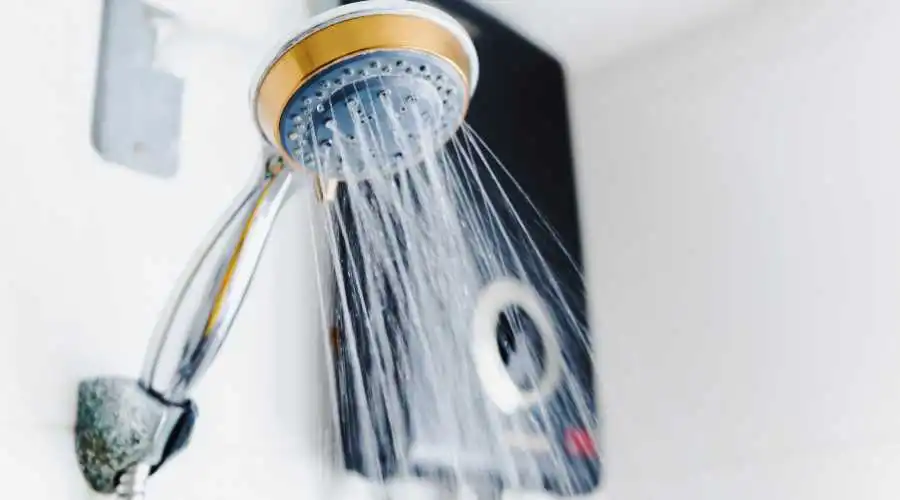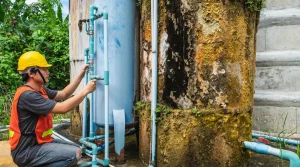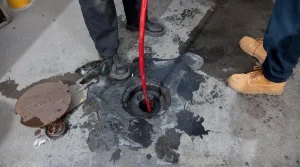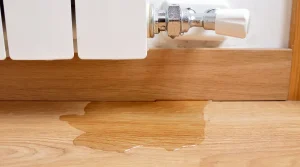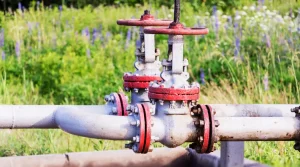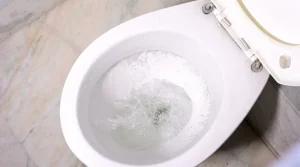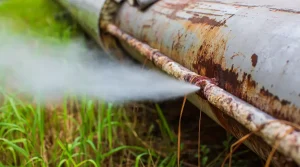Fall is here in full force. More folks are turning on their water heaters as the days grow shorter and the mornings grow chillier. Our team of knowledgeable plumbers has put together a list of DIY Water Heater Maintenance Tips because you will be using your water heater more often in the Fall. Before you get too caught up in designing your costume and putting up your decorations, be sure your water heater is prepared for Halloween.
Water Heater Tank Drain
If you have a tankless water heater, this is not required.
However, if, like the majority of us, your water heater is a traditional tank kind, you should flush it out once a year. Fortunately, autumn is the ideal season to complete this. Why, if you must inquire? Because the overall number of hours that water heaters are utilized starts to increase in the fall. Simply put (hey, we never said any of this was rocket science), when it’s cooler outside, people like to take longer, hotter showers. Try the following to properly cleanse your water heater:
- The water heater needs to be unplugged.
- Please be patient as the water in the tank requires some time to cool.
- Use a hose to connect to the side drain valve of the tank.
- You can place the hose’s other end in a big bucket or a sink.
- Start by turning on a handful of your home’s hot water faucets.
- The release valve, which is near to where the hose was connected in step 4, can be opened to drain the tank.
When the water heater tank has completely drained, disconnect the hose, close the release valve, shut off each and every faucet, then turn the water heater back on by opening the cold water valve.
Reduce the Temperature
Please bear with us if at first this seems absurd. You might want to lower your water heater’s setting by about 10 degrees in the fall. You may drastically minimize your energy costs in the fall and winter, when people tend to use more hot water, by slightly lowering the temperature.
Additionally, most people cannot tell the difference of even ten degrees in water temperature. Therefore, the only thing you need to remember while adjusting your water heater is to keep the temperature above 120 degrees and below 140 degrees. If you don’t, you can scald yourself or become sick from the water.
Inspect the Test and Pressure Relief Valve (TPR Valve)
To prevent the pressure within your water heater from blowing up, the Test and Pressure Relief Valve (TPR Valve) was created. The possibility of water heater explosions is well established. Locate your TPR valve (it’s typically around the base of the tank) and turn it on to verify it. The connected discharge pipe needs to be audible and moving visibly with the water flow. You should immediately turn off the power to the water heater and contact us if you don’t hear or feel water flowing through the discharge pipe.
Get in Touch for Professional Help
Even if you’ve been careful to perform your own Fall water heater maintenance, something will inevitably go wrong at some point. Therefore, don’t hesitate to get in touch with the professionals at BJC Plumbing right away if you’re experiencing issues with your water heater or require assistance with your care (there’s nothing embarrassing about it). Any issues you may be having with your water heater can be solved by us.

